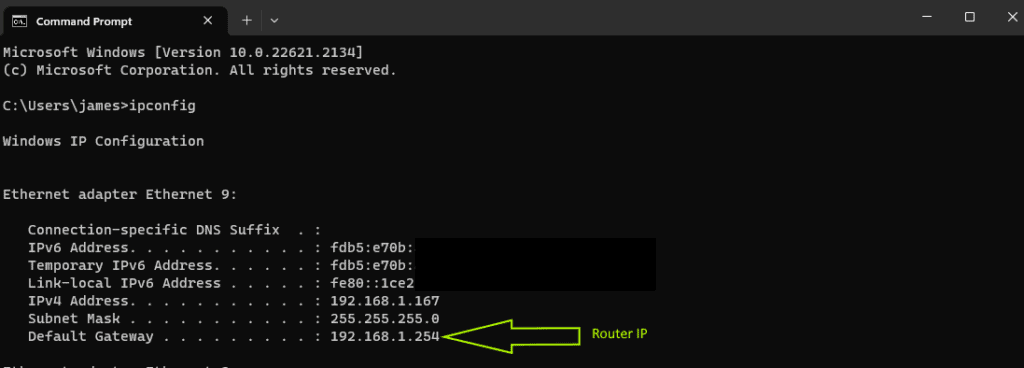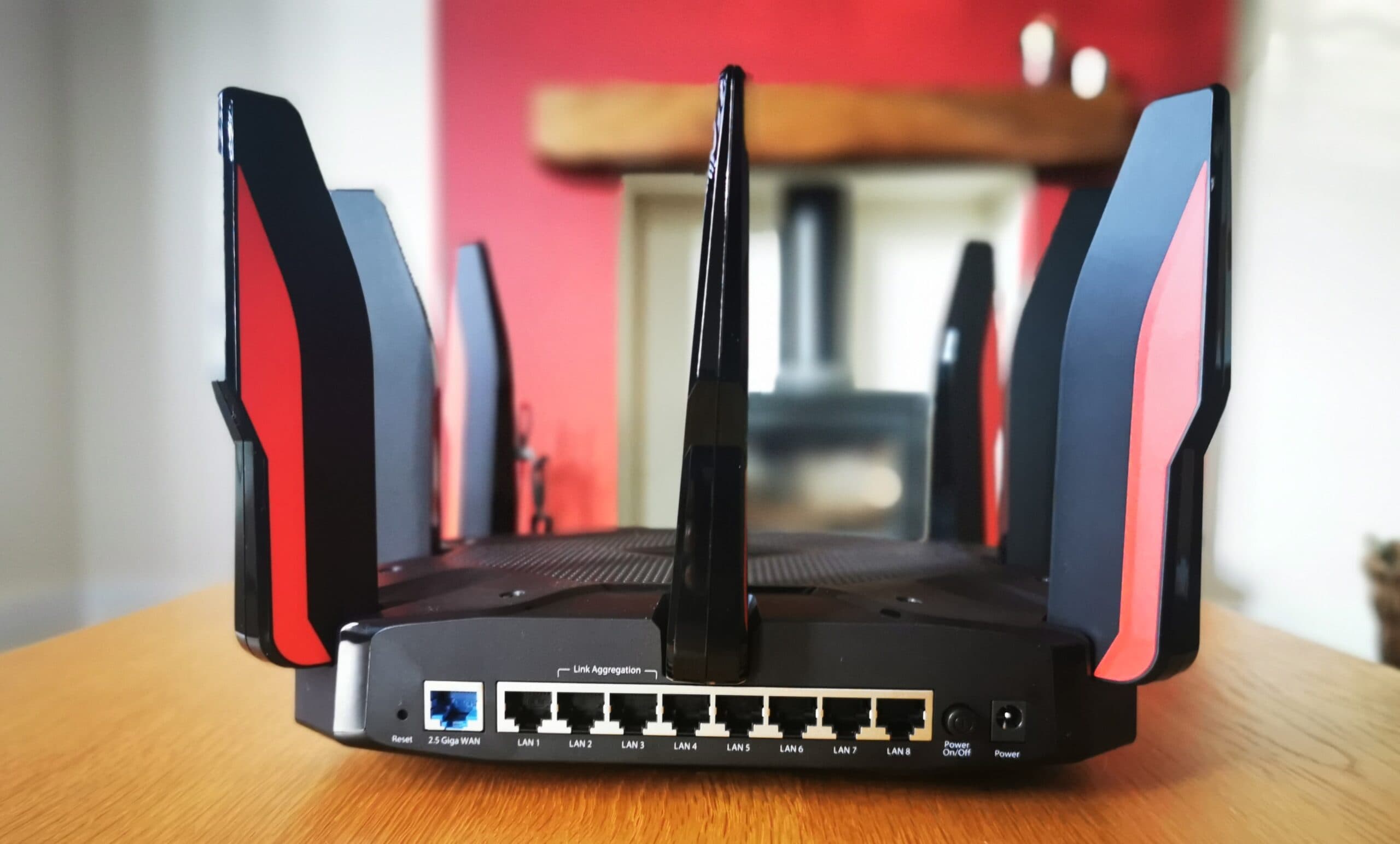If you’re unable to access 192.168.0.1, there could be several reasons for this issue. Here are some common causes and their solutions:
Possible Reasons Why 192.168.0.1 is Inaccessible
- Incorrect IP Address: Ensure you’re using the correct IP address for your router’s admin panel. Some routers use 192.168.1.1, 192.168.2.1, or another variation. Check your router’s label or user manual for the correct IP address.
- Device Not Connected: Ensure that the device you’re using is connected to the network of the router you’re trying to access.
- Typographical Errors: It’s easy to mistype the IP address. Ensure you’re not entering 192.168.o.1 (with the letter ‘o’ instead of the number ‘0’).
- Browser Cache: Sometimes, browser cache can cause issues. Try clearing your browser’s cache or using a different browser.
- Firewall or Antivirus: Security software might block access to the router’s admin panel. Temporarily disable your firewall or antivirus and try again. Remember to enable it afterward.
- Router Issues: The router itself might be experiencing issues. Try rebooting the router by unplugging it, waiting for a few moments, and then plugging it back in.
- Using Wi-Fi: If you’re using Wi-Fi and can’t access the router’s admin panel, try connecting using an Ethernet cable. This ensures a direct connection to the router.
- Router’s Firmware: Outdated or corrupted firmware can cause access issues. If you can access the router’s admin panel from another device, check for firmware updates.
- IP Configuration: If your computer’s IP configuration is set to a static IP that’s not in the same subnet as 192.168.0.1, you won’t be able to access the router. Ensure your computer is set to obtain an IP address automatically.
- Router’s IP Changed: It’s possible that the default gateway IP has been changed from 192.168.0.1 to something else. You can find out your gateway IP by opening a command prompt (on Windows) or terminal (on Mac) and typing ipconfig (Windows) or netstat -nr (Mac). Look for the “Default Gateway” entry.
- Hardware Failure: In rare cases, a hardware failure in the router can prevent access to the admin panel.
If you’ve tried the above solutions and still can’t access 192.168.0.1, it might be time to consider a factory reset of the router. However, this will erase all your custom settings, so it should be a last resort. Always refer to the router’s manual or manufacturer’s website for specific troubleshooting steps related to your router model.
How do I find my router’s IP address?

To find your router’s IP address, which is also known as the default gateway, you can follow these steps based on your operating system:
Windows:
- Press the
Windowskey +Rto open the Run dialog box. - Type
cmdand pressEnterto open the Command Prompt. - In the Command Prompt, type
ipconfigand pressEnter. - Look for the entry labeled “Default Gateway.” The number next to it (e.g., 192.168.x.x) is your router’s IP address.
macOS:
- Click on the Apple icon in the top-left corner of your screen and select “System Preferences.”
- Click on “Network.”
- Select your connected network (either Wi-Fi or Ethernet). It should have a green dot next to it.
- Click on the “Advanced” button.
- Go to the “TCP/IP” tab. The number next to “Router” is your router’s IP address.
Latest posts by Paul MacMillan (see all)

